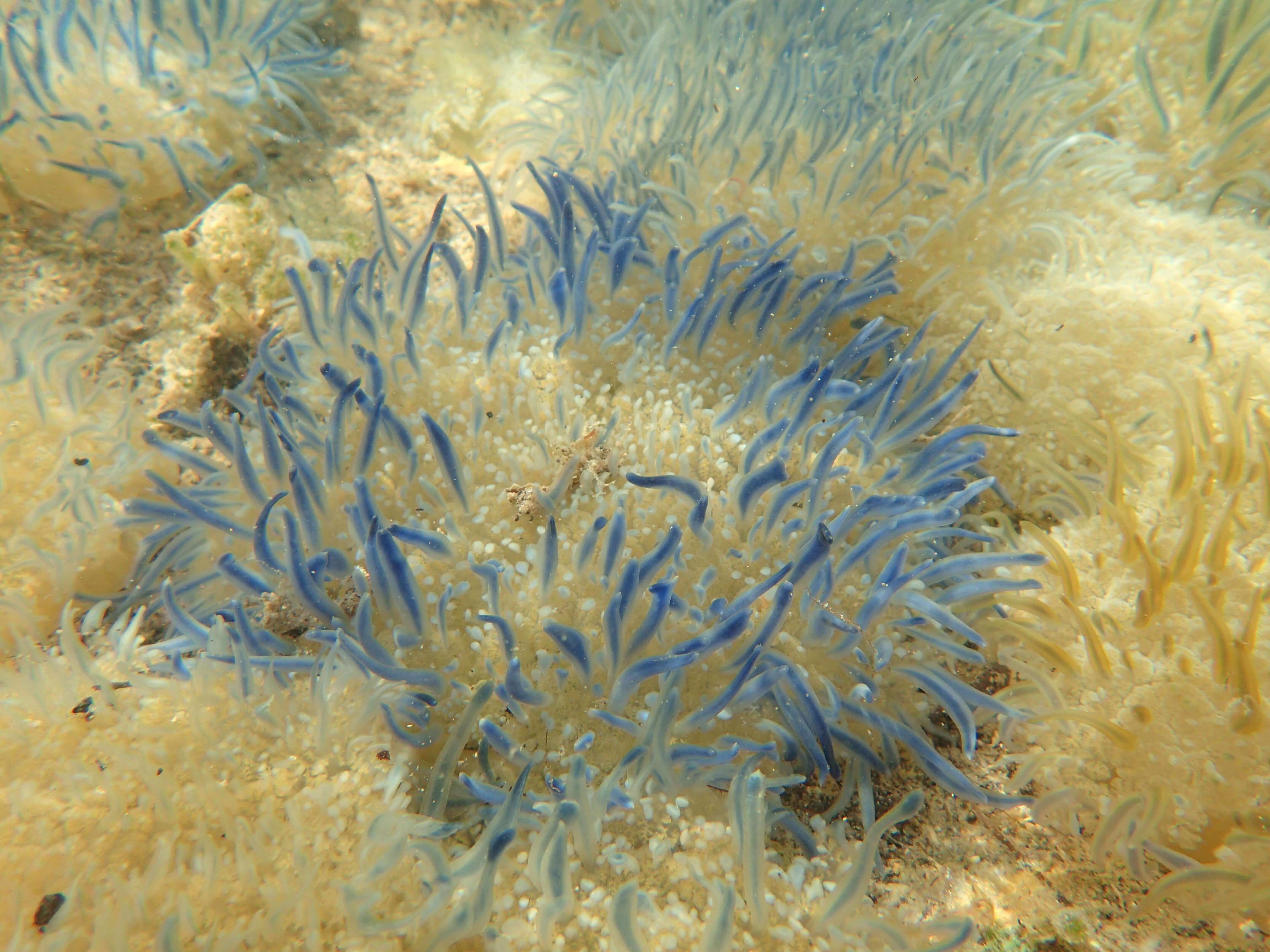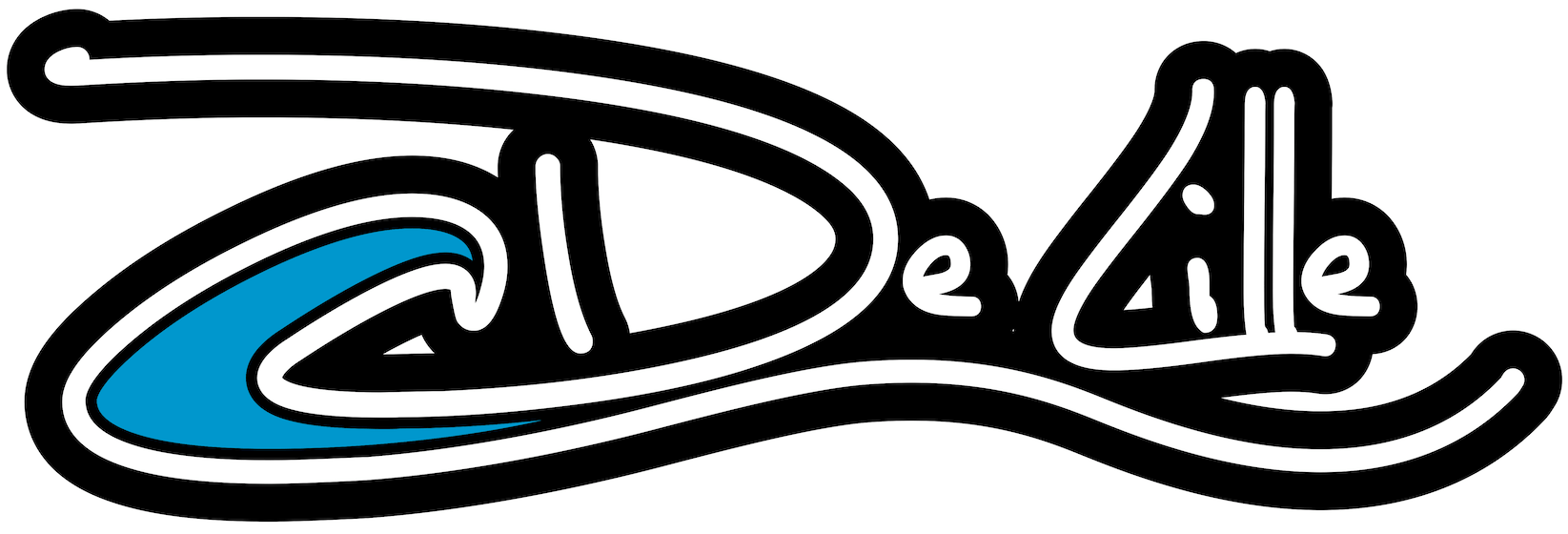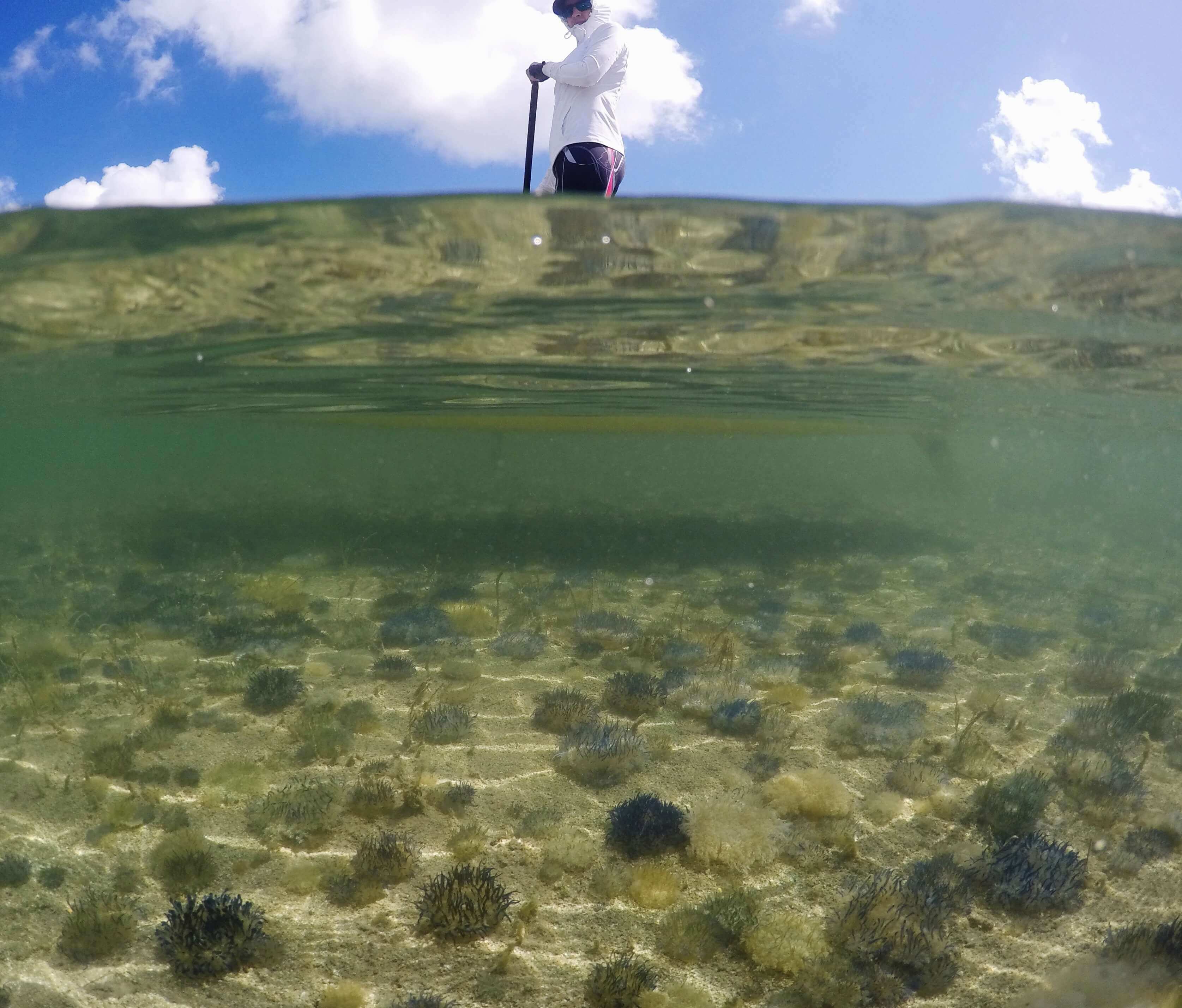While paddleboarding through the mangroves of Cozumel we found ourselves floating above a colorful carpet of what looked like underwater flowers.
Upon further research we discovered this vibrant carpet is made up of one of Cozumel’s hidden treasures, the Upside-Down Jellyfish. Scientific name Cassiopeia. Also referred to as Xamachana or Upside-Down Mangrove Jellyfish.
These jellyfish are rarely found alone. They use the concave depression of their bells to create suction to the mangrove floor. This helps them stay among their own kind in large communities. Each upside-down jellyfish has the potential to grow up to the size of a pie plate. Their average make up is 95% water, 3% salt and 2% protein.

According to the documentary “Caribe Salvaje” mangroves are a nursery for many forms of sea life, including the upside-down jellyfish. Apart from offering safety, the mangroves are full of food. They are awash in nutrients including particles brought in from sea currents. The upside-down jellyfish cover the mangrove floor catching drifting plankton.
In addition, these jellyfish grow their own food inside of their tentacles. The variety of colors found in their tentacles are algae, microscopic plants. By lying upside-down, the jellyfish expose their tentacles to the sun, allowing the algae to photosynthesize. Food produced by the algae make up a large part of the Cassiopeia’s diet. In return, the hitchhiking algae is provided protection by the stinging cells in the tentacles of the jellyfish. It is a perfect symbiotic relationship.
The upside-down jellyfish are a favorite meal for all species of sea turtles, especially the endangered leatherback. Other predators include jelly-eating fish, such as tuna and sunfish.
To experience these beautiful creatures in person check our SUP Mangrove Tour.
Watch videos of upside-down jellyfish on our YouTube Channel.
Thank you to the following information sources: animalplanet.com, montereybayaquarium.org, aqua.org, seakayak.ws

